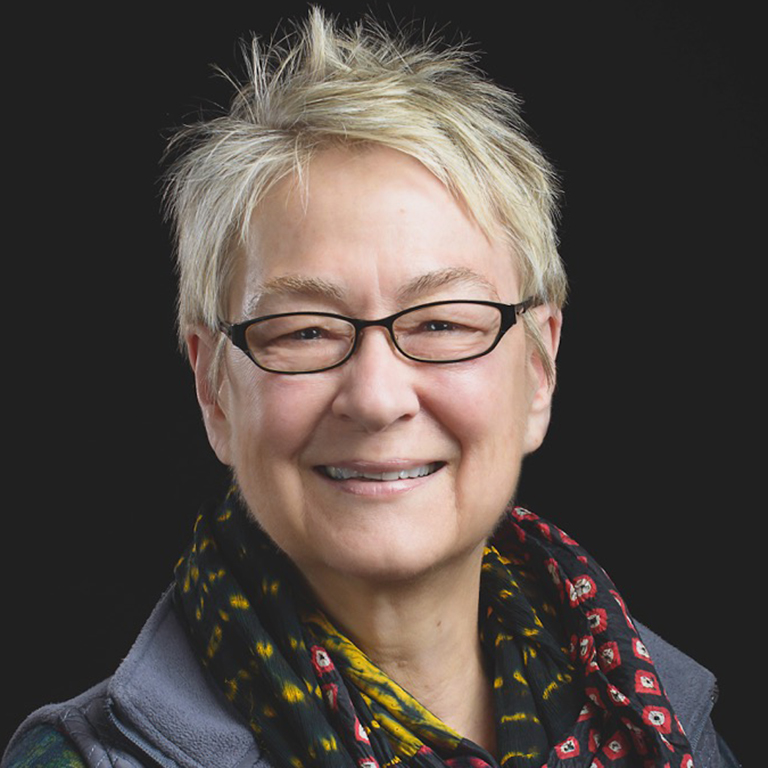Where humans live, night-time darkness tends to die, overtaken by the proliferation of artificial light. This disruption to Earth’s daily light cycle comes at a cost to local and migrating wildlife.
A recent study by Indiana University researchers found that long-term exposure to artificial light at night caused dormant malaria infections in birds to reactivate, especially during periods when birds experienced physiological changes in advance of migration and reproduction. Since birds can serve as reservoirs for human diseases such as West Nile and Lyme disease, the effects of artificial light on birds could increase the risks of parasite transmission to other species, including humans.
“For the vast majority of organisms, the cycle of light and dark is an important regulator of behavior,” said IU Distinguished Professor of Biology Ellen Ketterson, a co-author of the study. “Disrupting that cycle is probably not a good thing to do, but that’s exactly what humans are doing by using artificial light.
“As we’ve seen with COVID-19, the health of wildlife can have consequences for human health. If these infections are flaring up in birds that spend time in urban habitats, people may need to think about what can be done to lower the risk of parasite transmission.”
The study, funded by IU’s Environmental Resilience Institute, took place at the Kent Farm Research Station from February to November 2019. Researchers captured specimens of two junco subspecies—one migratory, one non-migratory—and observed them in captivity.
The research team subjected the birds to a light regime that mimicked what they would experience in the wild. Some of the birds, however, were exposed to low levels of white light during periods that would normally be marked by the pitch black of night.
By analyzing blood samples from the birds during key times of the year and counting the number of malaria parasites in each sample, the researchers gauged the birds’ health and the effect of artificial light.
“Before we started the study, many birds only had low-level, chronic infections, with no or a few parasites evident under the microscope,” said IU Postdoctoral Fellow Daniel Becker, the lead author of the study. “Over the course of the experiment, we observed a dramatic increase in parasite intensity, with some blood samples containing over 100 parasites during a typical microscopy read.”
The blood samples of birds subjected to artificial light at night also contained high numbers of white blood cells, a sign of an exaggerated immune response that can weaken bird health over time.
Migration, which many bird species undertake at night, poses another wrinkle in the potential effects of artificial light at night. Though the researchers found no significant differences in malaria parasites between the migratory and non-migratory juncos they studied, the stressors of long-distance travel may place migratory birds at greater risk of being affected by artificial light at night.
“Migration itself is already energy demanding, so our study may actually underestimate the infection relapse experienced by migrating birds subjected to light at night,” Becker said. “Additionally, a migrating bird could serve as a parasite host for mosquitos along their migration route, and, thereby, spread disease to other species.”
Short of turning out the lights, what can be done to limit the harmful effects of artificial light? Other studies have shown that replacing white lights with warmer lights, such as those used in turtle nesting areas, has less of an impact on wildlife. Another potential solution to be explored is limiting use of bright lights during intense periods of bird migration in the spring and the fall.
“If you overlay a map of human light pollution around the world with a map of major bird migratory routes, you see a lot of overlap,” Becker said. “By reducing the amount of bright light outside during certain times of year, we might be able to buffer its effects on birds and other species.”





